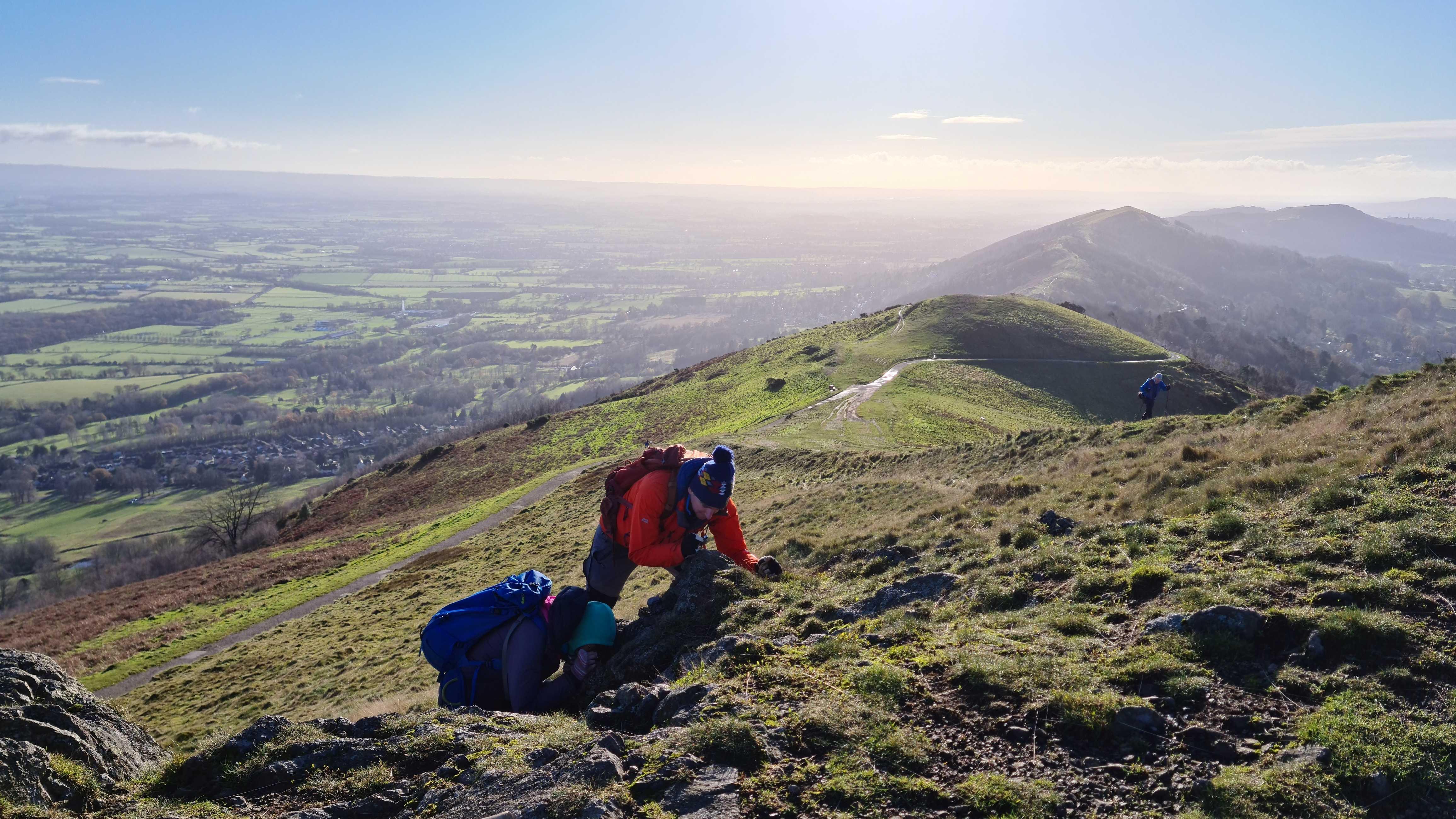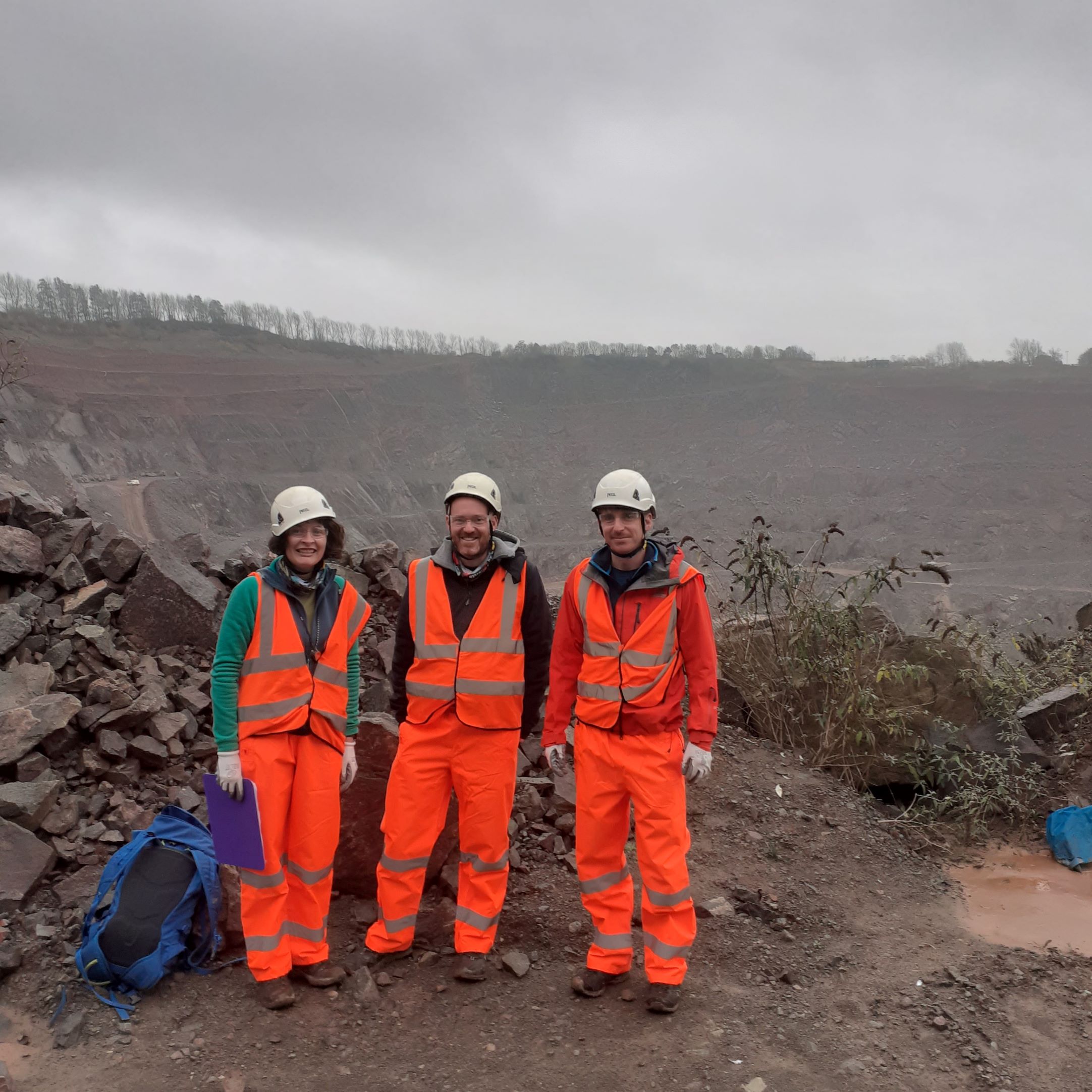
Submitted by Dr C.M. Martin-Jones on Wed, 12/07/2023 - 15:04
An ancient patch of rock lying beneath the English Midlands and South Wales is giving scientists a window into the processes happening deep below mountain ranges like the Himalayas.
The analysis of rocks from the so-called Midlands Microcraton reveals how anomalous chunks of thick, strong rock in Earth’s outer layer can shape mountain chains.
The research, presented by Cambridge Earth Science’s Sophie Miocevich at this year’s Goldschmidt Conference, also fills a gap in our understanding of British geology. “The UK might have been extensively studied, but we still have lots of unanswered questions,” said Miocevich, “One of them is how the Midlands Microcraton formed.”
Anyone who has taken a road trip across central England toward Wales might have noticed how flat the Midlands are. Beneath this smooth landscape is the Midlands Microcraton, a patch of stronger rock which has resisted the crushing and squeezing of continents colliding through geological history.
The Midlands Microcraton is a pint-sized version of larger blocks of ancient rock, called cratons, which can be found on most continents across the globe. Owing to their strength and thickness, cratons can be several billions of years old — surviving the continual shifting and recycling of Earth’s surface layer, or crust, through geological history.
Scientists are still unsure how cratons get the strength that ensures their survival. “We wanted to know if small cratons like the Midlands Microcraton could give clues as to how the bigger ones form,” said Miocevich.
Previous work by researchers at Cambridge’s Bullard Laboratories has shown that during ancient times of mountain formation, rocks deep below the surface melt and leave behind residual material that is stronger.
One theory is that a new craton might currently be forming at the base of the Himalayas. But the only way to test what might be happening down there is to look at fragments of old crust, like the Midlands Microcraton.
Miocevich has been doing some detective work to identify exposed slices of the Microcraton in the Malverns, Shropshire and South Wales. The search for ancient outcrops has led her to a number of sites, including a trench through a multi-coloured succession of rocks (excavated by the Teme Valley Geological Society), a sliver of rock exposed along a sheep track, as well as outcrops up in the Hills with spectacular views. Miocevich also spent time in the British Geological Survey archives, examining borehole samples.
Using data on the chemistry and age of the rocks, Miocevich has built models to show the conditions that led to the formation of these rocks deep in the crust. “The results are giving us a window into how strength contrasts develop in the crust,” said Miocevich.
She added, “I've really enjoyed having the chance to visit areas of Britain that have intrigued geologists for over 150 years. This shows just how useful British geology can be in improving our understanding of large scale geological problems.”
Sophie, Alex Copley and Owen Weller visit the Charnwood Quarry in Leicestershire.
Read more about this research in our Alumni Magazine.
Miocevich would like to thank the Yorkshire Geological Society and NERC for funding the research.

